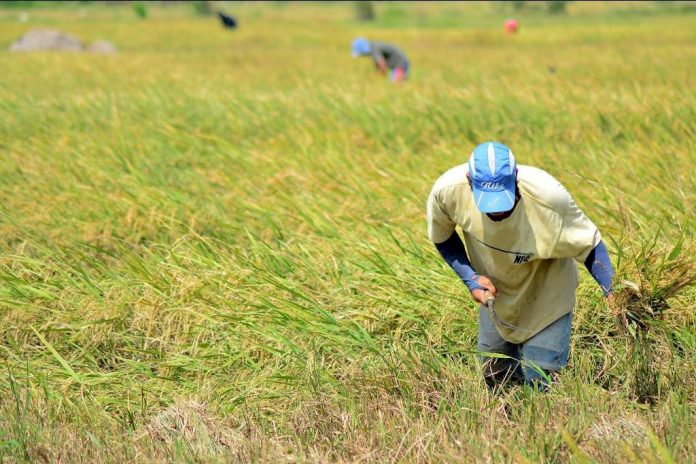
ILOILO – This rice harvest season farmers could catch the leptospira bacteria in contaminated rice fields, warned the Department of Health (DOH).
A surge in leptospirosis cases is possible, according to Josef Alexander Denila, senior health program officer of DOH Region 6.
Leptospirosis is caused by the leptospira bacteria that enter the body through wounds which come in contact with floodwater, vegetation and moist soil contaminated with the urine of infected animals, especially rats.
“To avoid getting infected, farmers may use protective foot gear when manually harvesting rice. But this may slow them down or restrict their movement so the use of mechanical rice harvesters is better,” said Denila.
Since Jan. 1 this year, DOH-6 recorded 151 leptospirosis cases – with 16 deaths – in Western Visayas.
This is 54 percent lower than the cases recorded last year from Jan. 1 to Aug. 10 (325, with 40 deaths), said Denila.
“Isa namon ka observation is that farmers subong nagagamit na sang mechanical rice harvesters, wala na nagapang-garab,” he said, explaining the decline in cases.
In the early stages of leptospirosis, symptoms include high fever, severe headache, muscle pain, chills, redness of the eyes, abdominal pain, jaundice, hemorrhages in the skin and mucous membranes, vomiting, diarrhea, and rash.
According to the World Health Organization, the leptospira bacteria enter the body through cuts or abrasions on the skin, or through the mucous membranes of the mouth, nose and eyes. Person-to-person transmission is rare.
Leptospirosis data from DOH-6 so far this year showed the following cases in the region’s provinces:
* Negros Occidental – 54 cases with six deaths
* Iloilo – 44 cases with two deaths
* Bacolod City – 14 cases with two deaths
* Iloilo City – 12 cases with one death
* Antique – 10 cases with one death
* Capiz – nine cases with three deaths
* Guimaras – six cases with one death
* Aklan – none
* others – two (cases contracted outside the region but diagnosed here)
Denila said most of the infected were farmers.
Just last month, Dr. Glen Alonsabe, DOH-6 epidemiologist, said it would be wise to include leptospirosis in the ongoing cleanup drive against dengue targeting stagnant water where dengue mosquitoes breed.
“Dal-on na lang sa aton cleanup drive ang pag-drain sang mga stagnant water and clogged waterways,” Alonsabe said.
He advised particularly farmers to take chemoprophylaxis as preventive measure against leptospirosis and wear protective foot gear when working in the field.
Rural health centers provide chemoprophylaxis for free, said Alonsabe./PN



